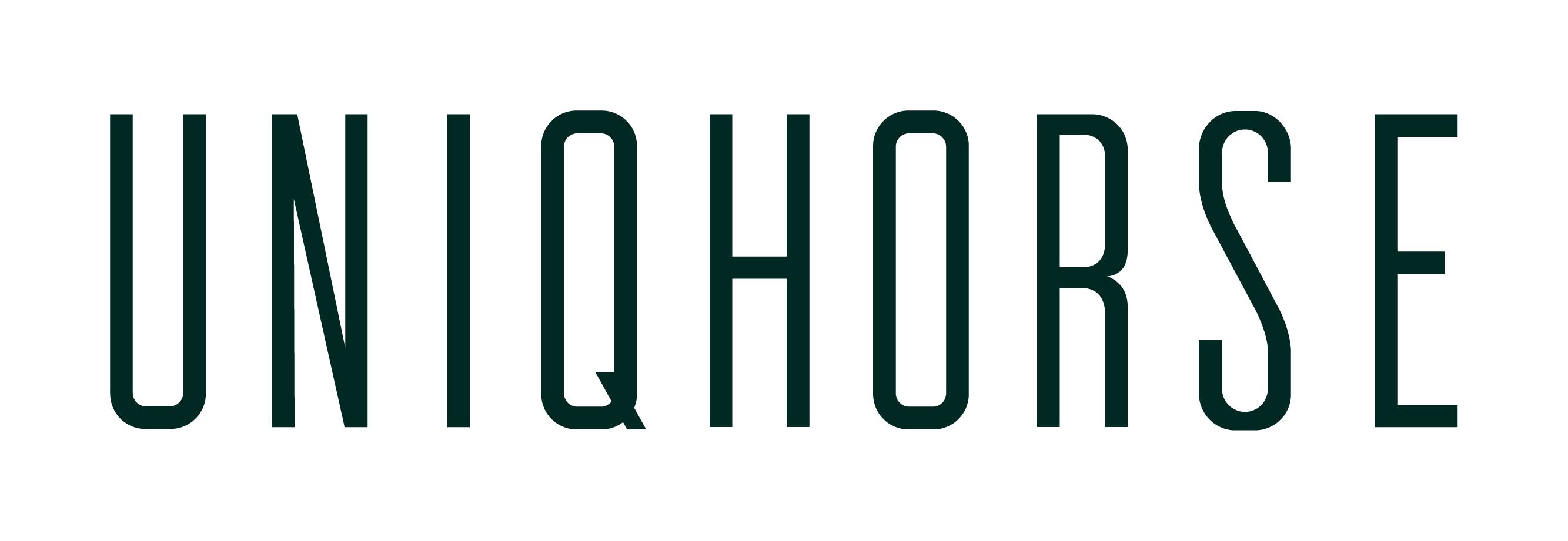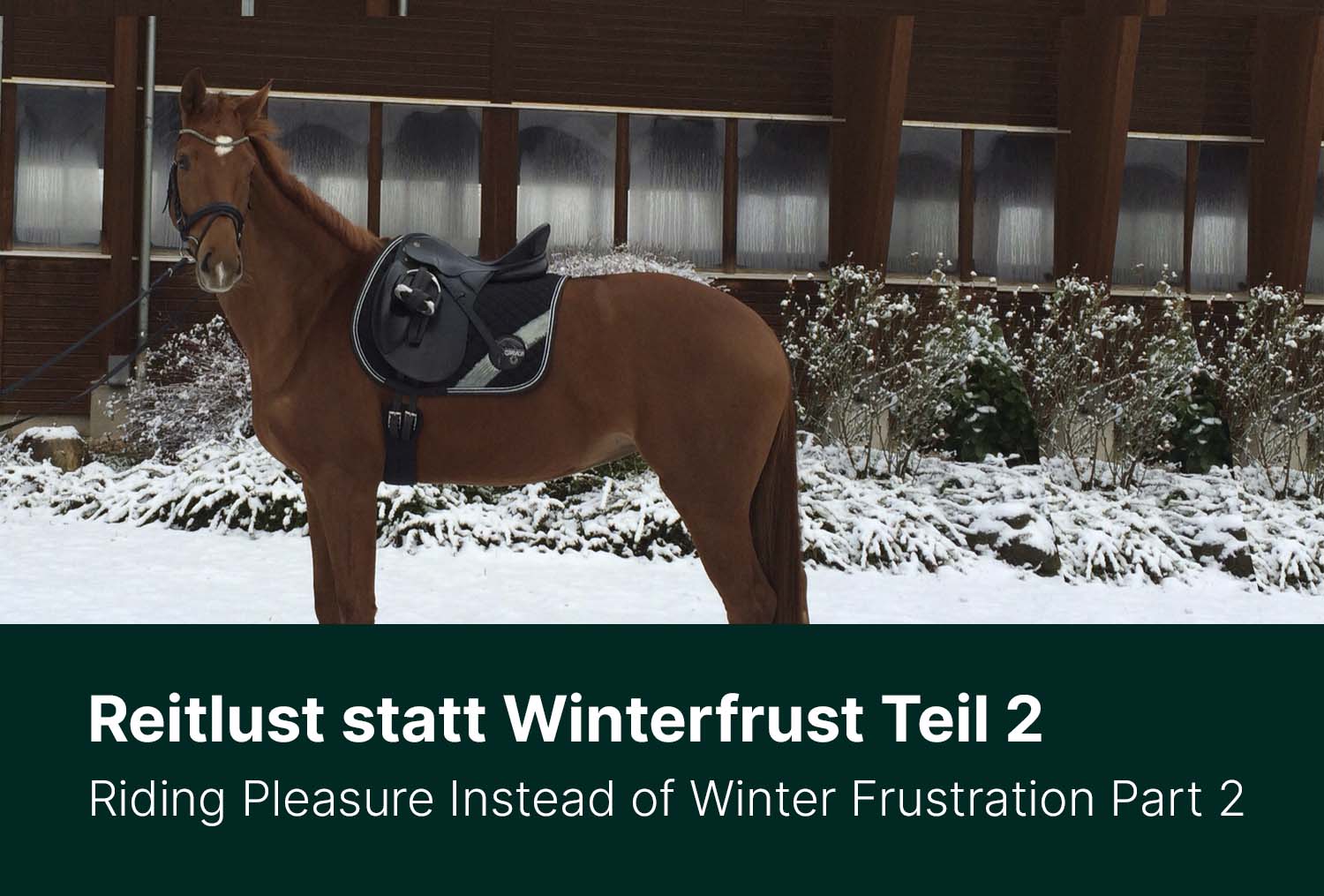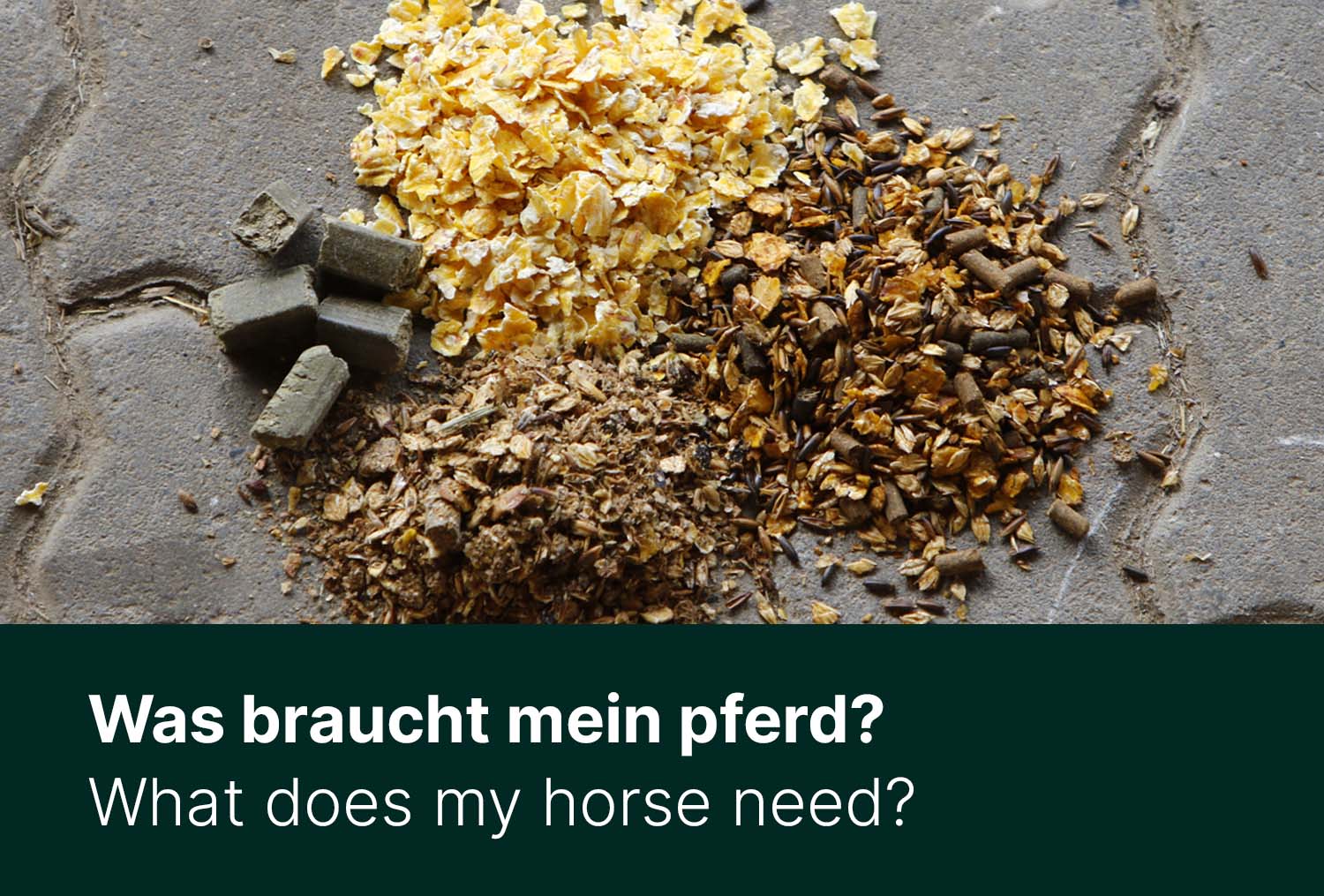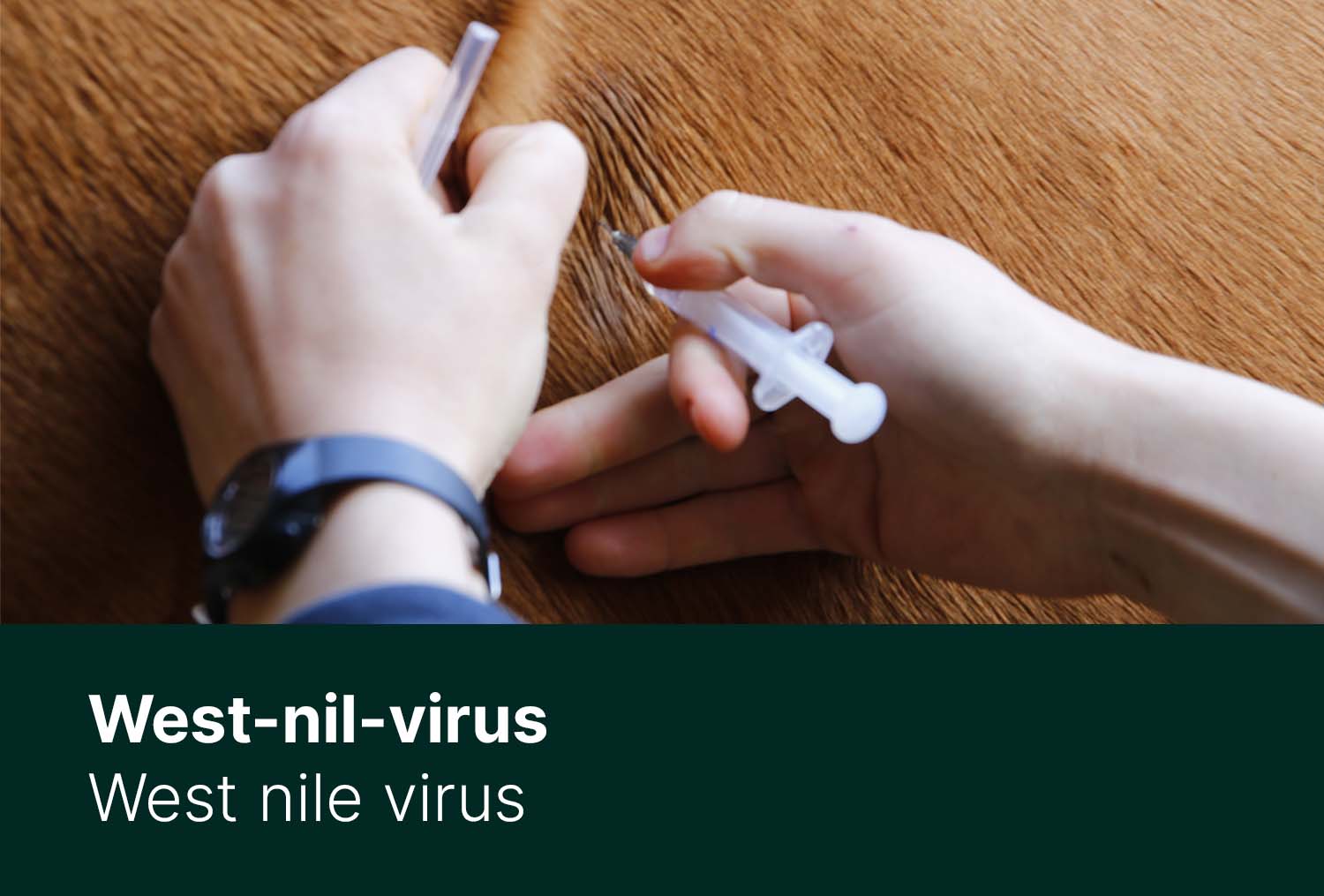As announced in the penultimate article, we have put together the best alternation strategies for cold winter days, so you and your horses are guaranteed to not be boredom.
I. Training with Bars and Cavaletti
The prejudice "Rods and Cavaletti are only for show jumpers" is already obsolete. Especially in dressage work, these elements are always gladly installed and fulfill quite versatile purposes. One of the well-known figures in equitation and a pioneer in this work is probably Ingrid Klimke. For her, the rod work forms a valuable foundation for the training of young riding horses and also for the further education of adult horses. The training of the horse should always pursue the goal of natural gymnastics - the strength of the muscles should be strengthened and the ligaments and joints more flexible. For a good and even development of the musculature certain movement stimuli are necessary, which are triggered by this work. The different arrangements and hights of the bars and Cavaletty causes the horse to controlled and influenced movements, those specifically target certain joints and muscle. Physical deficits of the horse or poorly ridden horses can find a compensation through this work. Through proper dosage and proper training, the muscles are loosened, stiffenings are relaxed, and the back arched up. Riders can also draw some very important benefits of working with rods and Cavalettis: Firstly, the seat of the rider gets smoother and the middle posture strengthened, on the other hand, the connection of the hand, reins and mouth get sensitized and refined.
|
Note: The structure must always be adapted to the natural movements and not exceed the natural mobility of the horse. Start small and increase the requirements over time. |
II. Building-up and Starting Training
At the beginning of the work with bars and Cavaletti, individual obstacles should be overcome in step and trot. The gallop will be introduced later in training if the horse is good and sensitive to the aids and knows the tasks required of him well enough. Starting with a pole or a Cavaletti, the requirements can rise steadily - but only to the extent that it has a positive effect for horse and rider. This training is not about the duration or the amount and number of Cavaletti, but about building a strong and, above all, loose muscles.
The distance of the Cavaletti and rods needs to be adapted individually to each horse. Since ponies have a significantly shorter trot than warm-blooded horses and also within the species there are enormous differences in the motion sequences. Basically, the distance is always measured from center to center, this is especially important when working on a curved line.

- Step:
The easiest way to overcome the first Cavaletti and poles is to walk. Precisely the correct riding towards the obstacles is the key to success, as the rider can train his/her eye through this work, which ultimately brings not only advantages in the course, but also in the dressage saddle. Thus, the obstacles can be built on the second or third hoof stroke as well as on the center line. Thus, the rider must frame his/her horse even without the helping gang. Especially during the first training sessions, the horse should be given as much reins as possible so that the new task can really be looked at 'free enough' and to first find the balance.
- Trot:
At the beginning of the work in trot, the obstacles should be built on a straight track. First and foremost, the rider and the rider's seat are in the foreground. The bar and Cavaletti work has only positive benefits if it is done correctly and the horse really walks over the obstacles with a relinquished back. In order for the muscles to relax and their backs to bulge, the rider must first and foremost be able to resonate sensibly, not restrict the horse and empathize with the new movement. Especially at the beginning of the work, many riders tend to cling with their legs and sit too stiff.
- Gallop:
The Cavaletti work in the gallop is ultimately nothing more than jumping over very low obstacles. Before the training is started at a gallop, the basics, such as the correct fit and the correct giving of help needs to be assured. The gallop training is very exhausting especially for the inexperienced horse, which is why the units should rather be kept short with sufficient pauses.

III. Exercises
- Correct Start
Once the obstacles are no longer on the hoof stroke and the horse no longer has the board as 'help', the rider must pay more attention to his seat in order to steer the horse in the middle over the obstacles and thus frame them correctly.
- Extend Kicks
In this exercise, the distances of the obstacles are increased by about 10 cm - 20 cm to achieve a larger space grip of the horse. However, the obstacles may only be built very low.
- Transitions
In this case, the obstacles are built on a large circular line. On the left and right sides are obstacles, the distance of the obstacles on the left circular line corresponds to the step and the construction on the right circular line trot. Either the rider remains on the circle line and changes the motions shortly before the new obstacles or he changes through the circle, which in addition requires the concentration of rider and horse and causes a training of the targeted guidance. Also, the pace differences within a motion can be promoted by the bars and Cavaletti by alternating normal trot intervals with those of the collection or reinforced trot. Also, the structure as a serpentine line through the entire track is particularly well suited to promote the soft transitions and aids of the rider.
- Released Rider Seat
First, the rider should try to overcome the obstacles in a light seat. This promotes the sense of rhythm of the new movement and at the same time, the horse is not disturbed.
- Assembly
Depending on the horse, the distance between the individual obstacles is shortened by about 20 cm in the trot and at the same time increased to about 30 cm. Rider and horse must ride the obstacles in a straight line, with the horse well on the aids the rider shortens the reins a little to shorten the steps of the horse. Important in this exercise is the balanced and relaxed seat of the rider to not disturb the timing of the trot. In the step, the distance is first shortened by 10 cm.
- Clock Purity
The work with bars and Cavaletti is characterized in particular by the positive effect of the clean tact. Especially young horses have difficulties during basic training, especially with the regularity of their steps. The pace forms the basis of any training with a horse, which is why it occupies the first priority within the training scale. By supporting the rods and Cavaletti, the horse gets helped to find the balance of his footsteps and the steadiness of his footing.
- Jump
Especially the jump is lost for many horses due to a wrong shortened gallop, which ultimately disturbed the beat and the correct food work in the gallop. The Cavaletti work is particularly suited to this due to a diligent leap, more active hindquarters, and a beautiful uphill tendency.
- Shorten and Extend
The Cavaletti can also be used to improve the rider's eye within the training. Thus, individual obstacles can be overcome on the midline with more or fewer gallop jumps.











Homeopathic Stable Pharmacy For Horses: You Should Have These At Hand In The Barn
Bringing Horses back on the Grazing Land the Right Way